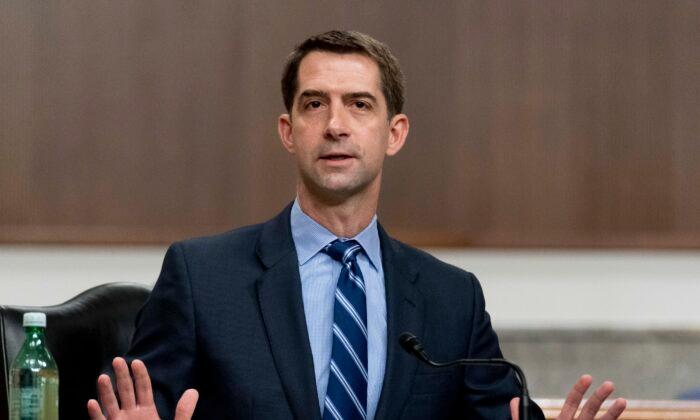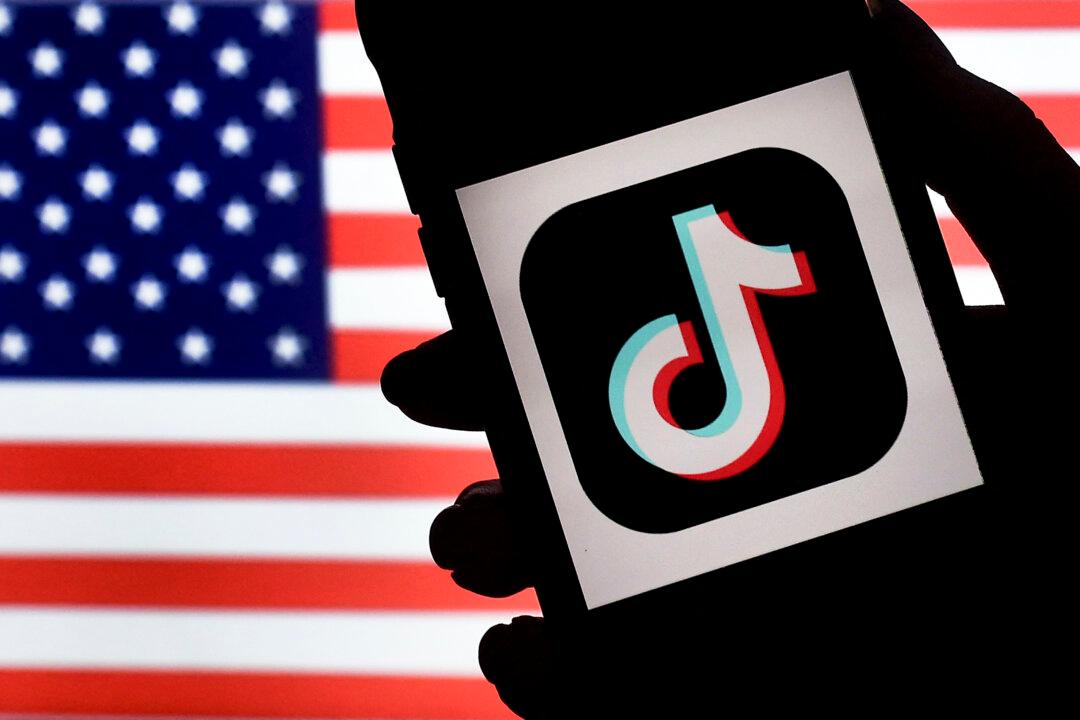Americans cut back on their retail spending in October, the first decline since March, and wholesale inflation dropped the most it has in more than three years, signaling that the economy is heading to a cooling stage.
Retail sales declined by 0.1 percent last month, reversing a substantial rise of 0.9 percent in September, according to a report from the Census Bureau released on Nov. 15. Economists had expected a 0.3 percent decline for the month. September’s figure was upwardly revised to a 0.9 percent increase from the initially reported 0.7 percent rise.
Excluding sales of motor vehicles, auto parts, and gasoline, retail sales increased by 0.1 percent last month.
Another major economic indicator, wholesale inflation, as measured by the Producer Price Index, unexpectedly fell by 0.5 percent in October. It was the largest decline since April 2020 and was attributable to a sharp downturn in gasoline prices, the Labor Department’s Bureau of Labor Statistics reported on Nov. 15.
Most retail categories posted declines in October, with furniture sales falling by 2 percent while cars and auto parts sales decreased by 1.1 percent. General merchandise sales, a category with major retailers such as Target and Walmart, reported a 0.2 percent drop.
Clothing sales remained unchanged, but online sales increased by 2 percent, while sales of electronics and appliances rose by 0.6 percent. Restaurants posted a 0.3 percent increase, while grocery sales rose by 0.7 percent. Health and personal care sales jumped by 1.1 percent.
Rate Increases Are Done?
The data, combined with a cooling labor market, may lead economists to conclude that the Federal Reserve’s current rate hiking cycle—the most aggressive monetary policy tightening campaign since the 1980s—is over. Still, there’s no sign that the economy is sliding into recession. The drop in sales in October was less than expected and followed three straight months of hefty gains.“Signs of moderating consumer demand and inflation argue for an extended Fed pause,” Lydia Boussour, senior economist at EY-Parthenon in New York, told Reuters. “While we believe the Fed is done raising interest rates, the bar is still high for rate cuts.”
Kathy Bostjancic, chief economist at Nationwide Mutual Insurance Co., wrote in a note: “Along with the encouraging October CPI report and healthy slowing in employment growth, the pullback in consumer spending after the summer spending spree will give the Federal Reserve comfort that their restrictive monetary policy stance is reducing inflationary pressures,” according to Bloomberg.
Financial markets are even anticipating a rate cut next May, according to CME Group’s FedWatch tool. Since March 2022, the Fed has increased its policy rate 11 times, by 525 basis points, to the current range of 5.25 to 5.50 percent.
Earlier this week, UBS noted in its 2024–26 U.S. economic outlook that it expected the Federal Reserve to cut rates by up to 275 basis points in 2024, worrying that the U.S. economy might fall into recession, CNBC reported.






